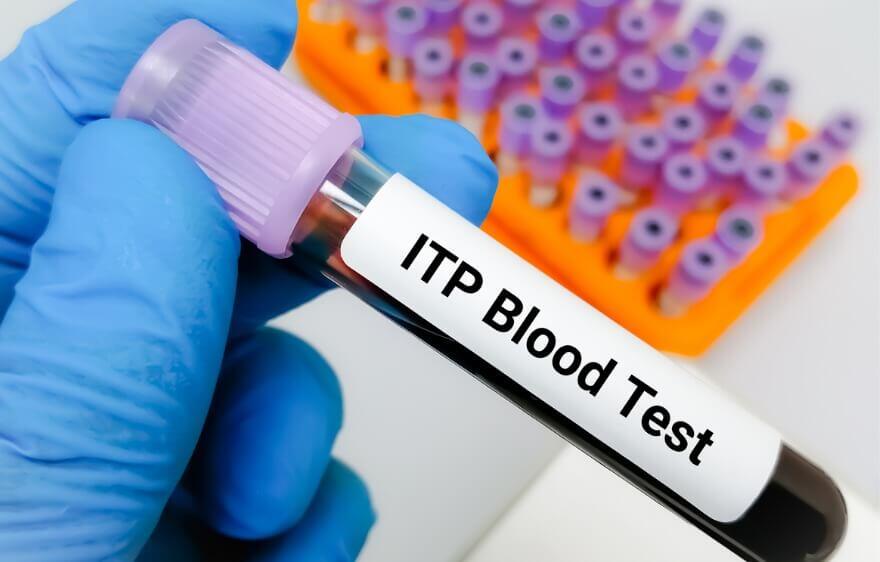Discovering that your child has a serious health condition, like Immune Thrombocytopenia (ITP), can be a bewildering and emotional experience. You have countless questions and concerns and want to know how it will impact your child’s health and daily life. At Care Options for Kids, we like to shed some light on the complexities of pediatric health. This blog will help you understand what ITP is, its symptoms, potential causes, and the various treatment options.
What Is Immune Thrombocytopenia?
ITP is an autoimmune disorder that leads to the premature destruction of platelets — cells crucial for blood clotting. In children, this condition can cause significant concern due to the risks associated with bleeding.
Key Characteristics of ITP
There are many characteristics of Immune Thrombocytopenia, including:
- Autoimmune Mechanism: The child’s immune system mistakenly attacks and destroys platelets.
- Acute vs. Chronic Forms: ITP can be acute, often resolving within six months, or chronic, lasting longer and possibly requiring ongoing management.
Recognizing Symptoms of Immune Thrombocytopenia
Prompt detection is key to managing ITP effectively. Recognizing the signs and symptoms early can significantly improve outcomes.
Common symptoms include:
- Easy or excessive bruising: Bruises may appear without known trauma or injury.
- Petechiae: Small red dots on the skin, often clustered, a result of minor bleeding.
- Prolonged bleeding: From cuts, nosebleeds, or bleeding gums, which may be more severe than normal.
Causes and Diagnosis of ITP
While the exact cause of ITP is often unknown, it’s thought to be triggered by an immune response, potentially following an infection or associated with other immune disorders.
Diagnostic steps include:
- Medical History and Physical Exam: It is essential to rule out other causes of thrombocytopenia.
- Blood Tests: To measure platelet count and assess the function of other blood components.
- Bone Marrow Exam: Rarely needed but may be considered to exclude other hematological disorders if the diagnosis is unclear.
Treatment Options for Immune Thrombocytopenia
Treatment strategies for ITP are tailored to the severity of the condition and the symptoms presented. Not all children will require treatment. Monitoring their symptoms is sufficient for some.
Treatment approaches may include:
- Corticosteroids: To reduce the immune system’s activity and slow platelet destruction.
- IVIG (intravenous immunoglobulin): Used in cases requiring rapid response.
- Platelet Enhancing Drugs: Such as eltrombopag or romiplostim in chronic cases.
- Personalized Treatment Plan: Care Options for Kids constructs individualized treatment plans for pediatric home healthcare patients. We ensure that every child gets the tailored care they need.
Caring for a Child With ITP
Caring for a child with ITP extends beyond medical treatment. It involves emotional and psychological support for the child and their family.
Best care practices include:
- Regular Monitoring: Keep track of the child’s platelet counts and overall health.
- Encourage Normal Activities: With necessary precautions to avoid injury, encourage regular play and activities to maintain a good quality of life.
- In-Home Health Care Options: We offer skilled nurses who come directly to your home to help your child. We keep track of your child’s treatment plan and medication so you can focus on being a parent.
Schedule Your Child’s Care Assessment Today
At Care Options for Kids, we understand the unique challenges of caring for a child with basic to medically-complex health conditions. Our dedicated team of pediatric home health nurses is here to support your family with compassionate, expert care tailored to your child’s needs. Contact us today to schedule an assessment and learn how we can help you navigate this journey with confidence and care.
Click here to start your journey to better care.






